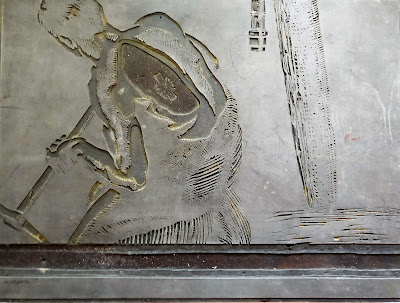This blog may help people explore some of the 'hidden' issues involved in certain media treatments of environmental and scientific issues. Using personal digital images, it's also intended to emphasise seasonal (and other) changes in natural history of the Swansea (South Wales) area. The material should help participants in field-based modules and people generally interested in the natural world. The views are wholly those of the author.
Monday, 24 January 2022
Offshoring Emissions?
Australia's $500m Hydrogen Energy Supply Chain (HESC) is about to go into action (https://www.theguardian.com/australia-news/2022/jan/21/just-a-new-fossil-fuel-industry-australia-to-send-first-shipment-of-liquefied-hydrogen-to-japan). Hydrogen has been marketed as a 'clean' energy source. The HESC, however, involves making hydrogen, using the dirty brown coal from Victoria's La Trobe Valley. Although it is proposed to use carbon capture techniques, the actual mining and processing are still likely to release global temperature-elevating emissions. HESC will employ a pupose-built tanker to take (generating more emissions in transport) the hydrogen to Japan. In Japan, it will be burned in currently coal-fired power plants to generate electricity. A number of experts have suggested that this is purely a cosmetic exercise, simply moving Japan's 'greenhouse gas' emissions to Australia. One would have thought that Australians would be keen to actually stop the effects of climate change?
Subscribe to:
Post Comments (Atom)
-
I n the UK and US, a pparently popular and successful vegan/vegetarian restaurants are reportedly closing or adding meat to their menus ( ...
-
Early ripening fruit may seem convenient but some folk think it confirms environmental stress. There's also a possibility th...


%20mating%20NWCW.jpg)


No comments:
Post a Comment